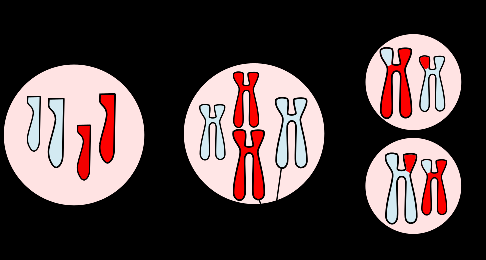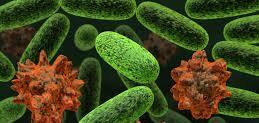Meiosis unlike mitosis is the type of cell division that occurs during the formation of […]
Tag: cells
TYPES OF MICROBIAL CELLS
The cell as we know is the basic unit of life. Microorganisms are cellular entities, […]
CELLS THAT CAN BE CULTURED IN VITRO USING CELL CULTURE TECHNIQUE
The living cells that are cultured may include: When a whole organ or intact organ […]
PARTS OF A CELL AND THEIR FUNCTIONS
The cells of all living organisms share several structural characteristics together. Some of the many […]





